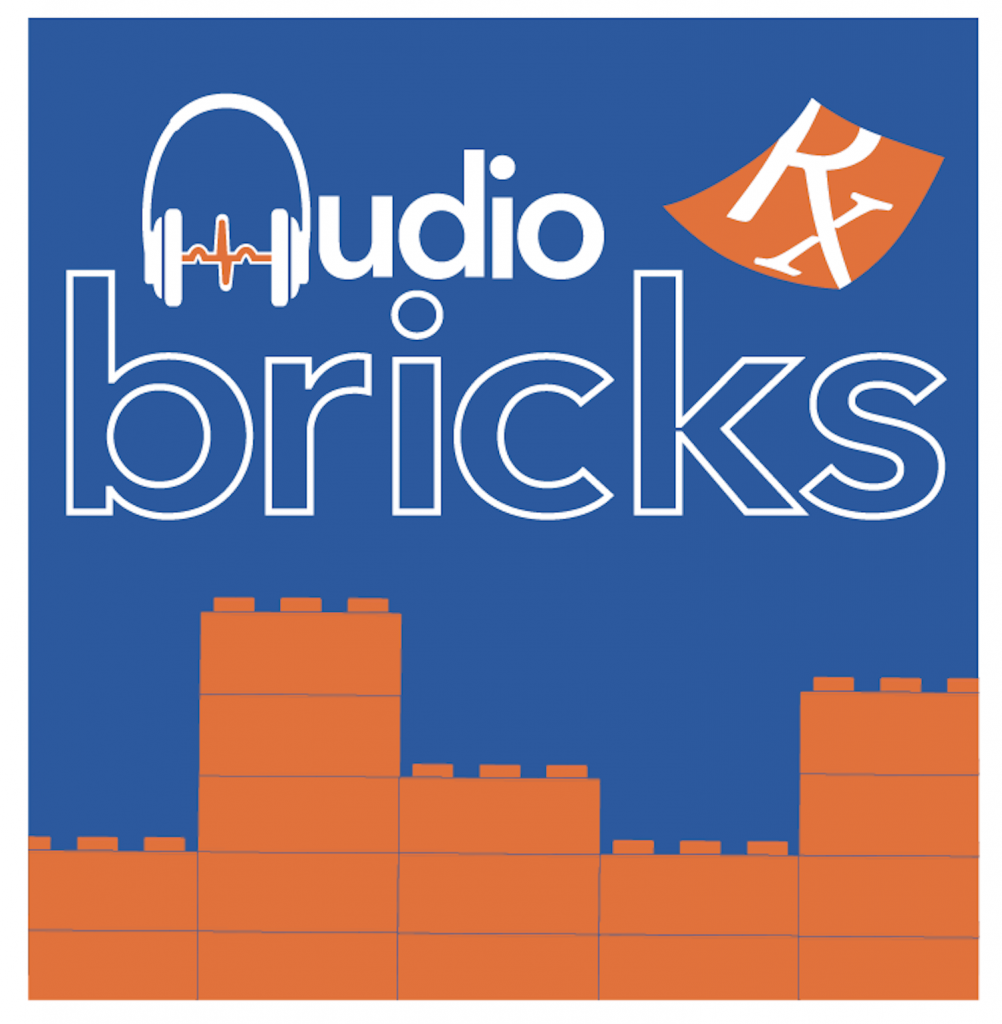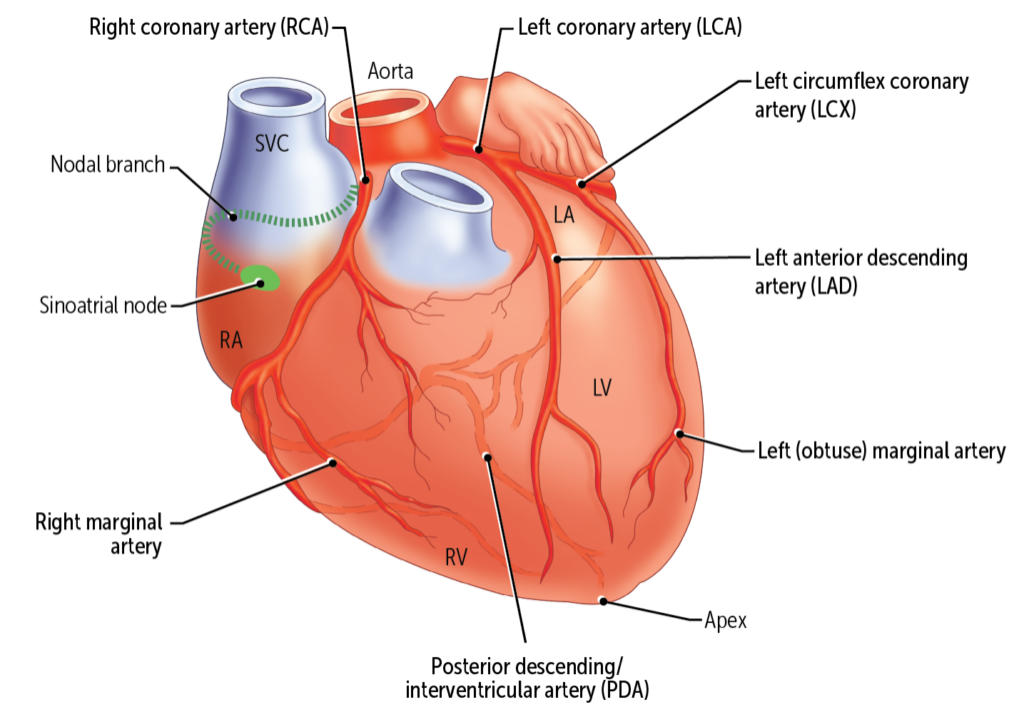Have you ever cut your finger, bumped your head, or fallen and scraped your knee? While you were cursing your clumsiness or bad luck, your body got straight to work healing the injury, relying on the wondrous process of acute inflammation. Shortly after your injury, you most likely experienced some or all of the cardinal signs of acute inflammation: pain (dolor), redness (rubor), heat (calor), and swelling (tumor).
There are two types of inflammation: acute and chronic. Acute inflammation is an essential part of the body’s defense system and generally lasts a few days. Chronic inflammation (discussed in detail in another brick) involves an ongoing low-level inflammation that lasts for weeks, months, or even years. Unlike acute inflammation, chronic inflammation is not beneficial; it leads to tissue damage and is linked to the development of many types of chronic disease, including diabetes, cancer, and a range of autoimmune disorders.
After listening to this AudioBrick, you should be able to:
- Describe the three roles of inflammation.
- Identify the cells of innate immunity involved in acute inflammation and the timeline of when each cell type is involved.
- Describe the four reactions of blood vessels in acute inflammation.
- Describe leukocyte recruitment to sites of inflammation.
- Explain how these processes result in the general clinical manifestations of acute inflammation.
- Provide specific examples of acute inflammation.
- Describe the utility of acute-phase reactants as a marker of inflammation: erythrocyte sedimentation rate, C-reactive protein, ferritin, fibrinogen (all increased with inflammation—positive markers).
If you haven’t subscribed to the Rx Bricks Podcast, we suggest you do it today!
Head to the homepage for the Rx Bricks Podcast to hear the full episode and subscribe so that you’re notified when the next one drops.




